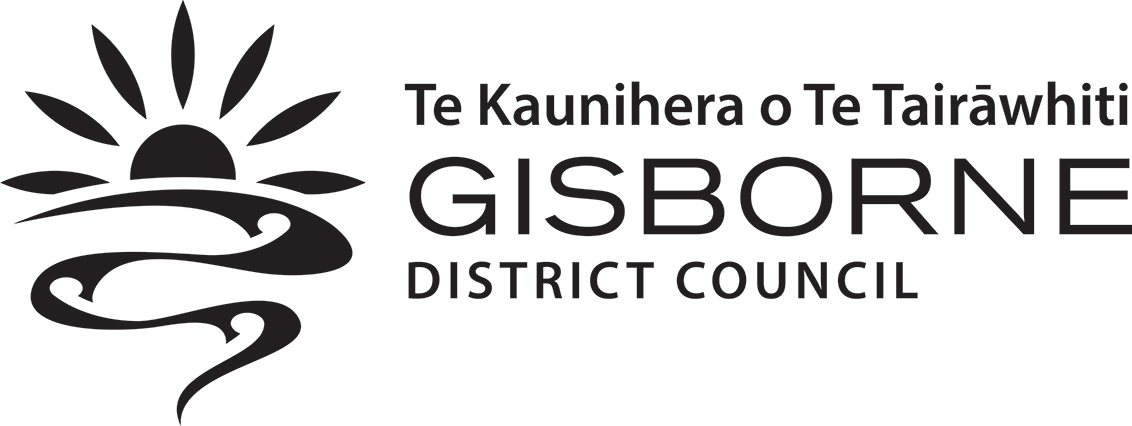Te Arai Te Uru awa (river) is one of our regions most ecologically significant rivers in Poverty Bay.
The video shows how we monitor and check the water quality and quantity. It also talks about the project to improve fish migration.
Whitebaiting
For fishing guidelines and regulations, please check the Department of Conservation's website
About our inanga spawning project
In 2014 we received funding from the Ministry for the Environment to carry out a community-based pilot project within the lower Waipaoa and Te Arai catchment areas to identify, protect and enhance inanga spawning sites.
Inanga are an important customary and recreational food source for people. They're also an important food source for other species. Identifying and enhancing their habitat could result in positive cultural, social and ecological outcomes for the area.
- identify existing and potential inanga spawning sites
- develop capacity within local communities and iwi to identify potential spawning areas and undertake protection/restoration
- pilot the restoration of spawning habitat as a learning exercise and model for other parts of the region
- protection of inanga spawning habitat through its regulatory and service functions
- established a steering group to guide the project, members include representatives from Council, DoC, Rongowhakaata, Ngai Tamanuhiri, Tairawhiti Environment Centre.
- engaged well known inanga researcher Hans Rook to provide expert knowledge to the project
- identify priority sites on the lower Waipaoa and Te Arai rivers based on mapping the salt water wedge - where the saltwater meets freshwater.
Tairawhiti Environment Centre has been contracted to coordinate community participation in the site surveying.
Contact us to register your interest, and we'll contact you about seminars, wananga, site surveys taking place.
- Inanga lay their eggs at a fairly high tide, 2 metres in grassy areas around where the salt water meets the freshwater on rivers, streams, tributaries
- preferred grasses are known to be tall fescue (Festuca arundinacea) and creeping bent (Agrostis stolonifera)
- protecting spawning sites through fencing, vegetation management and excluding stock can contribute to an improved fishery
- a spawning site may look like milk has been dropped along the grasses and tuna can be heard and seen enjoying a feed.
Inanga (Whitebait) documents
No results found for ""
